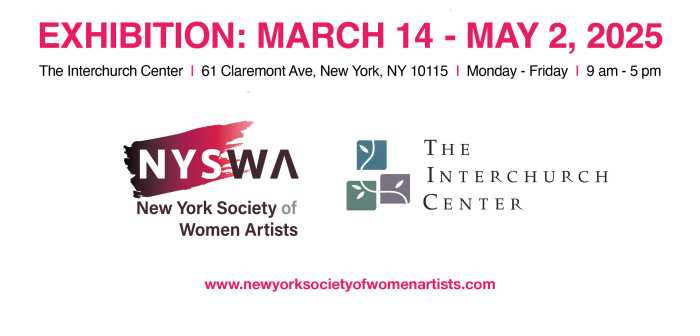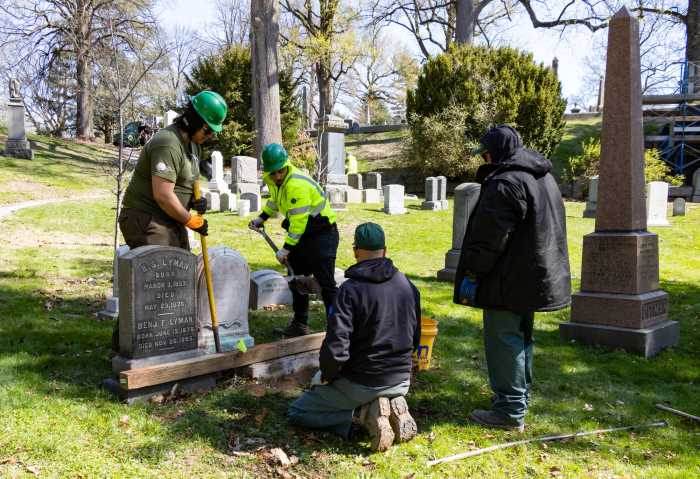
Mayor Bill de Blasio is trying once again to rein in the rampant illegal parking among his municipal employees.
By 2021, the city will digitize its municipal parking placards and scan them with devices that automatically issue tickets when a violation is detected as part of a campaign to curb abuse among government workers, de Blasio announced Thursday.
The $52 million effort follows a 2017 enforcement “crackdown” that did little to change behavior among government workers who use placards or other paraphernalia to park their vehicles illegally in front of fire hydrants or crosswalks, or on sidewalks and pedestrian plazas.
The city has 125,000 parking placards in circulation among workers in various departments, to be used at exclusive, designated street parking spaces. The city believes the state and federal governments issue tens of thousands of more placards to their respective workers — those will not be subjected to the digitization.
“Bluntly it’s an insult to all new Yorkers when a public employee abuses a placard and takes up a space illegally. It’s just not fair,” de Blasio said at a news conference in Chinatown, a notorious hot spot for placard abuse. “So we believe we now have a solution that actually gets to the heart of the matter. It won’t happen overnight, but as it happens people all over the city are going to feel the effect.”
The mayor has come under increased pressure to deal with placard misuse after issuing 50,000 new placards to the city’s Department of Education and after the Twitter account @placardabuse highlighted the extent of the problem. Thursday’s announcement comes days after the City Council unveiled its own package of legislation to attempt to reign in illegal placard use.
Placards from all levels of government could be seen across the five boroughs on dashboards of vehicles parked illegally, or hogging spots intended for the public — a level of corruption that dates back decades.
“I think the public employees who engage in this placard abuse they see it as a small thing, a small perk owed to them … but I don’t think they see how, collectively, when New Yorkers are out walking around and see illegally parked cars around police precincts, courthouses and firehouses, it really diminishes trust in government,” said Aaron Naparstek, who founded Streetsblog in 2006, with the site’s first post dedicated to the problem.
De Blasio argued that the digital system will bring a new level of automation to enforcement, reducing discretion among officers. Instead of looking for physical placards on the dash, ticketing agents will use scanners to read license plates of any parked car. The scanners will be able to identify whether or not the vehicle owner is entitled to a placard and using that placard appropriately. If not, a ticket will be issued.
The mayor plans to supplement that strategy with a 10-person dedicated enforcement unit in the Police Department; a placard census to track abuse among workers and stiffer fines for abusers — a measure that would have to legislated in Albany.
But advocates were skeptical of de Blasio’s plan, mainly because it does not involve significantly reducing or eliminating city-issued placards. They also suggested the Police Department’s ticketing agents may not be the most appropriate team to handle enforcement, since many people believe they tend to overlook abuse by their colleagues in government.
The mayor disagreed with the idea that ticket agents may opt not to scan a vehicle’s plates. He said the new system will make it more obvious to supervisors if employees are simply not writing tickets.
“I think it’s a question of, as with everything else in life, training and supervision,” de Blasio said. “We have to ensure that every one of our employees understands that this is part of their responsibility.”
Naparstek said a digital system could help “sweep away bogus placards,” but may also make offenders less obvious to the public, without actually addressing abuse.
“I wonder if the problem they’re really trying to solve is that placard abuse is too visible to the public,” Naparstek said. “And now, unless it’s managed really well, placard abuse can just take place in an opaque database.”

































